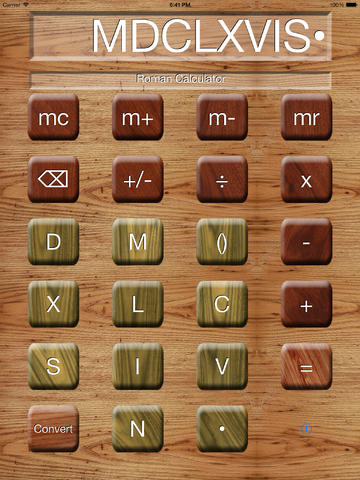Miss Whittaker has made us these great posters:
and that's what we've been doing.
Together we looked closely at this image:
We saw a lot of things:
and that's what we've been doing.
Together we looked closely at this image:
We saw a lot of things:
Then some thinking... Tibo thought it looked like a competition. One man looked Asian and the other European, and it looked like the woman was the judge. Felix thought the woman looked like a god. Kirill thought she looked like a Fairy of Mathematics.
Next we got into pairs and wrote what we saw and thought:









































